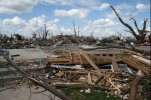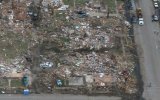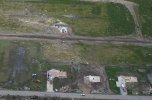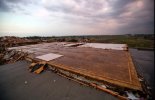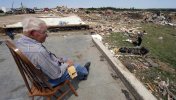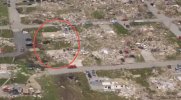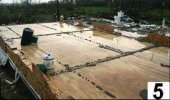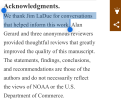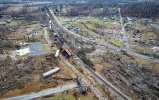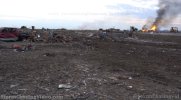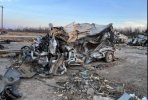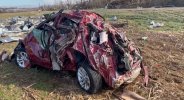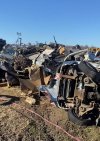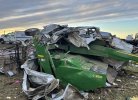Some thoughts...
In the interview Tim Marshall says leave ratings to the experts, but that's how Enderlin got under-rated the first time around. Had it not been for the dissenters it would likely not have been looked at again. And now more weight is being given to contextuals which we were previously told were unreliable. It's clear that there is validity in some of the "non-expert" opinions on the matter of rating tornadoes which had been summarily dismissed in the past, and now we're hearing that same message again. I'll never support the knee-jerk "It's gotta be an EF-5" bunch but Ill also never support anyone who summarily dismisses the thoughts of others because they're not "experts". I'll take the win with Enderlin regardless as it seems certain minds have become more open though IMHO not quite enough. The systemic problem still remains becausethe method of thinking has not changed. Go ahead and bash me all you want; I rarely come here anymore for a reason.
On railcars there seems to be a few things missing in calculations of what it takes to topple them. First is that these cars are sprung and will move with the wind force then spring back against it. If that sets up an oscillation the toppling effects could be exacerbated. There's also something to be considered with wheel derailment- as the windward side wheels get lifted past their engagement with the track the leeward side wheels can dislodge and drop ~6 inches as they derail adding to the toppling effect. These movements might not be far but given the mass involved could be very energetic. Maybe this could go some way to explaining the wide variety of wind speeds which topple railcars, but it's clear that they can't be treated the same as an object of the same shape and size sitting on a solid foundation unsprung which wouldn't have any of this possible movement.. While this may seem to add complexity to assessing windspeeds a wheel derailment would likely leave evidence of it happening behind either in displaced ballast (gravel) or be impressed onto a wooden crosstie and with that a more accurate model could be made when such evidence was found. We also need to consider that having other cars coupled together will change things, possibly a lot.
We've got similar movements regards cars being overturned; the surface area against the relatively flat bottom of a car will be greater than for it's side which will be greater than for it's read profile which will be greater than it'sfront profile which is designed aerodynamically. Weight distribution will vary a lot between types which anyone who has driven a pick-upon a gravel or rain-slickened road will easily understand. It would only be when lofting occurs that these differences might not be so disparate as we could probably presume there would be some 'tumbling' ofthe car through the air in most cases rsulting in the average wind-catching area being similar at that point with most 'car type' vehicles.
Ethan Moriarty makes it clear that his calcualtions are somewhat simplified, but they mostly seem to match what occurs fairly well so they are worthy of consideration. And while we know there can be a vertical wind component, calculating only for the horizontal wind would help to preclude over-estimating windspeeds which is probably the best approach for now given the controversy involved. That these types of calculations mostly match the seen results there is enough merit to them to bear consideration.
Anyway thanks for reading. Over and out.
